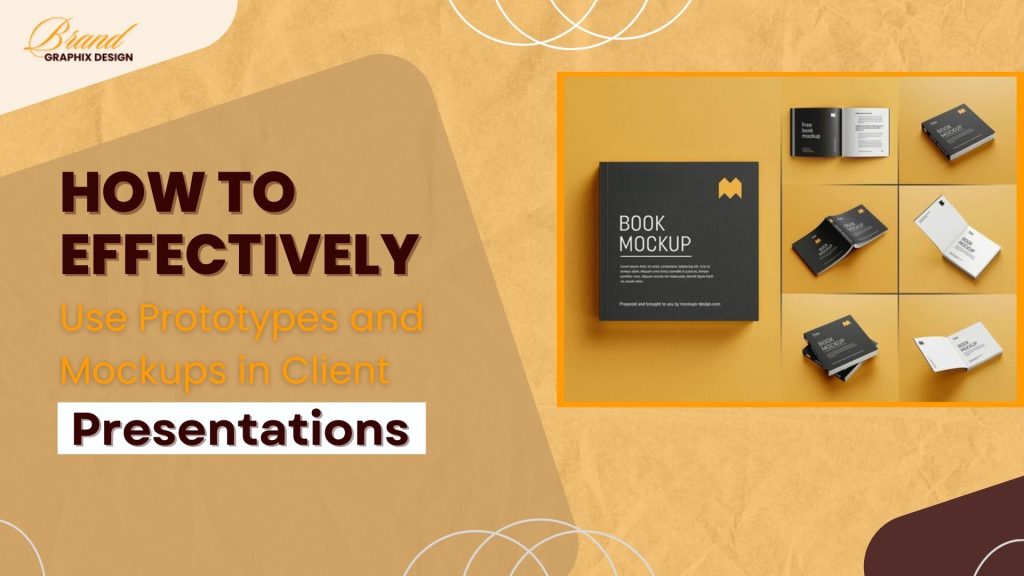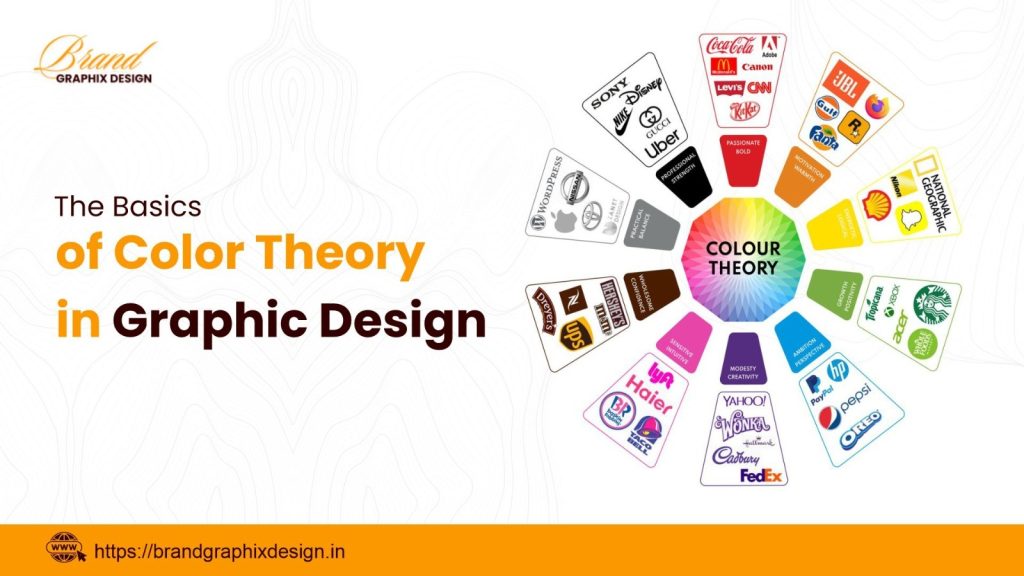Introduction
Creating effective client presentations is a key aspect of any design project. Using prototypes and mockups can significantly enhance the presentation, making it easier for clients to visualize the final product. This guide will help you understand how to effectively use prototypes and mockups in your client presentations, ensuring you communicate your ideas clearly and efficiently.
What are Prototypes and Mockups?
Prototypes and mockups are visual representations of your design. They help bridge the gap between ideas and the final product, allowing clients to see a tangible version of your design before it is fully developed.
Benefits of Using Prototypes and Mockups
Using prototypes and mockups in client presentations offers several benefits:
- Enhances understanding of the design
- Facilitates feedback and revisions
- Improves communication with clients
- Helps in identifying potential issues early
Types of Prototypes
There are various types of prototypes you can use, depending on the stage of your project and the specific needs of your client:
- Low-Fidelity Prototypes: Basic sketches or wireframes that provide a rough idea of the layout and structure.
- High-Fidelity Prototypes: Detailed and interactive versions that closely resemble the final product.
- Clickable Prototypes: Interactive versions that allow clients to navigate through different screens or pages.
Creating Effective Mockups
Mockups are more detailed than prototypes and usually include design elements like colors, typography, and images. Here are some tips for creating effective mockups:
- Use Real Content: Wherever possible, use actual content instead of placeholders to give clients a realistic view of the final product.
- Focus on Details: Pay attention to the finer details like spacing, alignment, and consistency to create a polished look.
- Show Variations: Present different versions of the design to give clients options and facilitate decision-making.
Preparing for the Presentation
Preparation is key to a successful client presentation. Here are some steps to prepare effectively:
- Understand the Client’s Needs: Have a clear understanding of what the client is looking for and tailor your presentation accordingly.
- Organize Your Presentation: Structure your presentation logically, starting with an overview and gradually diving into details.
- Practice Your Pitch: Rehearse your presentation to ensure you communicate your ideas clearly and confidently.
Presenting Prototypes and Mockups
When presenting prototypes and mockups, keep these tips in mind:
- Start with an Overview: Begin with a brief overview of the project and the goals you aim to achieve.
- Highlight Key Features: Focus on the main features and functionalities of the design, explaining how they meet the client’s needs.
- Encourage Feedback: Invite the client to share their thoughts and feedback, and be open to suggestions and revisions.
Using Tools for Prototypes and Mockups
Several tools can help you create effective prototypes and mockups:
- Sketch: A popular tool for creating high-fidelity prototypes and mockups.
- Adobe XD: Offers a range of features for designing, prototyping, and sharing interactive designs.
- Figma: A web-based tool that allows for real-time collaboration and easy sharing of prototypes and mockups.
Incorporating Feedback
Client feedback is crucial for the success of the project. Here’s how to incorporate feedback effectively:
- Listen Carefully: Pay attention to the client’s feedback and understand their concerns and suggestions.
- Make Necessary Revisions: Implement changes based on the feedback and ensure the revised design meets the client’s expectations.
- Communicate Clearly: Keep the client informed about the changes and explain how they address their feedback.
Finalizing the Design
Once the client approves the prototypes and mockups, you can move on to finalizing the design:
- Prepare Detailed Specifications: Create detailed specifications and guidelines for the development team to follow.
- Ensure Consistency: Make sure all elements of the design are consistent and aligned with the client’s requirements.
- Conduct a Final Review: Perform a final review of the design to ensure everything is in place before development begins.
Using Prototypes and Mockups in Different Industries
Prototypes and mockups are useful in various industries, such as:
- Web and Mobile App Design: Helps visualize the user interface and user experience before development.
- Product Design: Allows clients to see a physical representation of the product before manufacturing.
- Marketing and Advertising: Assists in creating compelling visuals for marketing campaigns and advertisements.
Tips for a Successful Presentation
Here are some additional tips to ensure your presentation is successful:
- Keep it Simple: Avoid overwhelming the client with too much information. Focus on the key points and keep your presentation concise.
- Be Confident: Present your ideas confidently and be prepared to answer any questions the client may have.
- Follow Up: After the presentation, follow up with the client to address any additional questions or concerns.
Call to Action
Ready to take your client presentations to the next level?
Contact us at +91 911 891 1171 to learn more about how we can help you create stunning prototypes and mockups that impress your clients.
Click the link to text us on WhatsApp: https://wa.me/918881361111.



